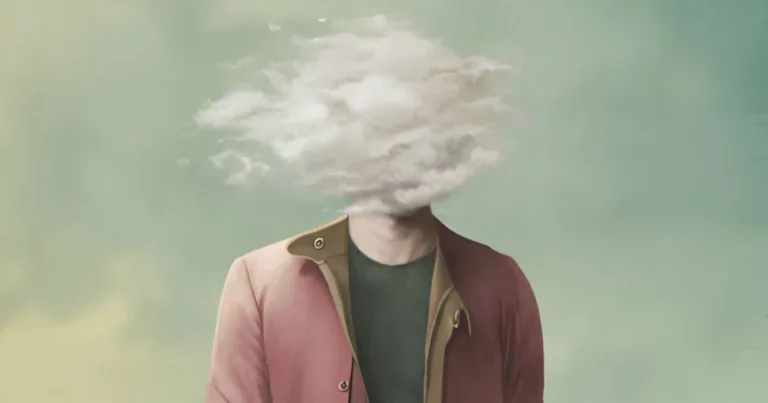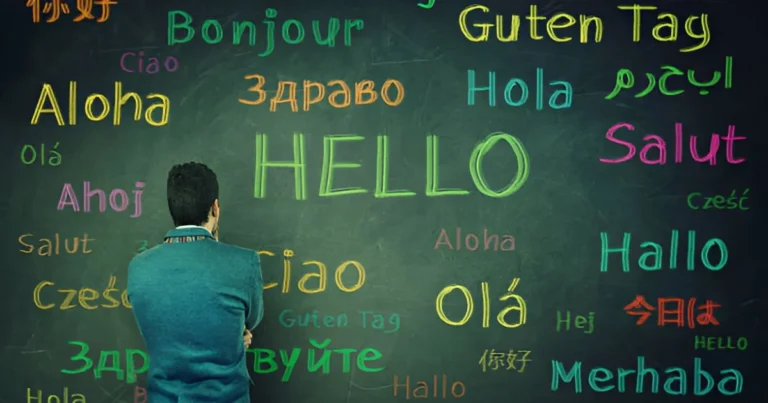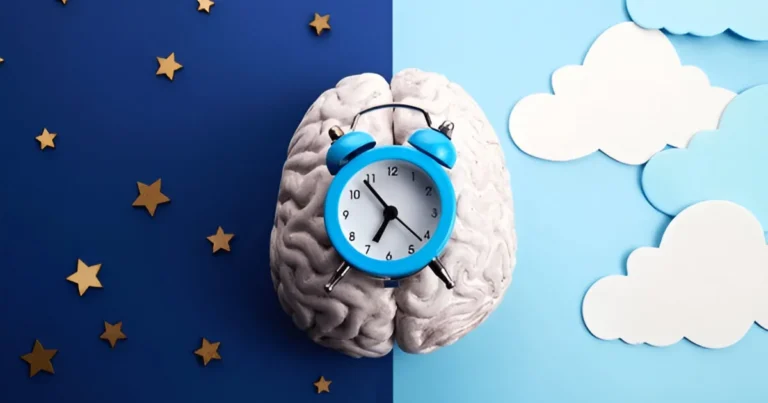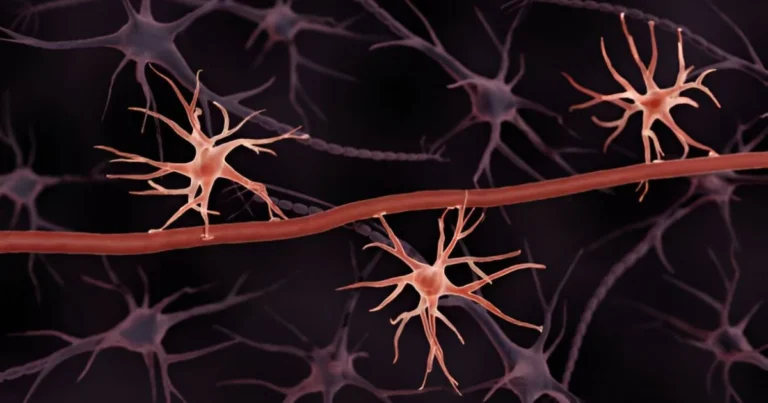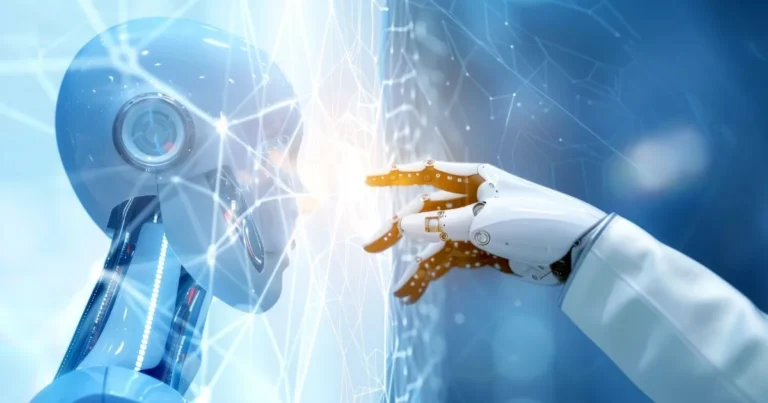When the world distorts: The neuroscience behind Alice in wonderland syndrome
One evening, in the waiting room of a hospital, a ten-year-old girl clutched her mother’s hand with unusual insistence. She stared at her mother’s face, then quickly looked away, as if something no longer made sense.
“Your head is tiny… and I think my arms are getting longer,” she whispered, caught between fear and amazement. Her voice trembled not from terror, but from bewilderment, as if the world had shifted beneath her feet. The nurse approached, offering a reassuring smile. “It’s just the fever. It’ll pass.”
But the child persisted. The room felt too vast, the walls too far, and her own body seemed to respond in unfamiliar ways.
What she was experiencing, what her brain was compelling her to perceive, was not an illusion. It was the onset of a silent sensory collapse, a moment when the familiar turns strange, when reality begins to slip away unnoticed. This wasn’t a panic attack, nor a psychotic hallucination. It was a disturbance in perception, sudden and inexplicable, folding itself into the fabric of ordinary life.
This phenomenon, as unsettling as it is fascinating, has a name: Alice in Wonderland Syndrome.
A shifting world: When reality loses its shape
Beneath this whimsical literary reference lies a very real medical condition. Rare and poorly understood, Alice in Wonderland Syndrome (AIWS) distorts the fundamental building blocks of perception. Objects appear unnaturally small or large, time seems to dilate, and the boundaries of one’s own body begin to blur.
What the young girl perceived was not a fantasy, it was a world reassembled by her brain for reasons still not fully understood, but nonetheless observable, measurable, and in some cases, treatable. That night, in the anonymity of a pediatric ward, it wasn’t just a child losing her bearings. It was our collective trust in the stability of perception that briefly wavered through her eyes.
Also known as dysmétropsia or Todd’s syndrome, this rare disorder doesn’t affect the sensory organs themselves, but rather the brain’s system for constructing reality. A familiar face may suddenly appear enormous, a small room may stretch into a labyrinth. These aren’t hallucinations or dreams, they are perceptions altered at their very source: the brain.
🔗 Read also: When familiar faces become strangers: Unraveling Capgras syndrome
The unheard truth of childhood perceptions
AIWS is rooted in identifiable neurological mechanisms. Though formally described by British psychiatrist John Todd in 1955, the syndrome had already made a literary appearance in Lewis Carroll’s Alice’s Adventures in Wonderland. Some scholars speculate that Carroll himself may have suffered from migraines accompanied by visual distortions, potentially inspiring the surreal experiences of his heroine.
In children, the syndrome often strikes abruptly, like a perceptual short circuit. It may emerge during a fever, a viral infection, or a migraine episode. Symptoms vary but follow a distinct pattern: objects may appear smaller (micropsia), larger (macropsia), more distant (teleopsia), or unnaturally close (pelopsia).
Children may also feel that parts of their body have changed size, hands may seem enormous, legs might vanish or appear pencil-thin. These are known as body distortions. Some experience changes in their perception of time, which may feel sped up or slowed down, a phenomenon called tachysensia. Others report hearing phantom sounds like distorted whispers or noises with no external source.
Despite these vivid alterations, these children are not delusional. They are acutely aware that something is off, that what they see and hear doesn’t align with the external world. This insight is what distinguishes AIWS from psychiatric conditions like psychosis. Their brains are structurally healthy but are processing sensory information in a radically different way. The world itself hasn’t changed, it’s the brain’s interpretation that has faltered.
🔗 Explore further: Hearing what isn’t said: The brain’s illusion of internal voices
Science meets wonderland: SARS-CoV-2 and the twisting of reality
This clinical understanding was further supported by a recent study published in Pediatric Neurology in January 2025. Led by Italian neurologist Susanna Staccioli, the research documented two pediatric cases where previously healthy children developed classic AIWS symptoms during SARS-CoV-2 infection.
Objects appeared unusually small or distant, colors seemed abnormal or unstable, and one child reported auditory hallucinations, unintelligible whispers echoing in silence. To assess the origin of these symptoms, the medical team conducted a full battery of tests: neurological exams, EEGs, and brain MRIs. Every result came back normal. There were no signs of cortical dysfunction, epileptic activity, or structural lesions.
And yet, the children could describe their experiences with remarkable clarity, and the onset of symptoms precisely coincided with the peak of viral infection.
Faced with these findings, the researchers hypothesized a disruption in parieto-occipital regions of the brain, areas responsible for integrating visual, auditory, and somatosensory data. The virus, through its inflammatory response and its effect on blood-brain barrier permeability, may create a temporary perceptual imbalance. In both documented cases, symptoms gradually faded after the infection resolved, without the need for targeted treatment. This spontaneous recovery suggests that the syndrome is reversible, though no less intense for those who endure it.
🔗 Discover more: The face that disappears: Inside the mind with prosopagnosia
What we call ‘real’: A delicate construction of the mind
Though it may seem anecdotal at first glance, Alice in Wonderland Syndrome reveals a fundamental truth about our relationship with the world: what we perceive as reality is not a faithful mirror of what is “out there,” but rather a dynamic interpretation, continuously shaped by the brain. When perception falters, whether due to a viral infection, brain inflammation, or even a simple fever, our entire sense of space, time, and self can begin to unravel.
This phenomenon, well documented in neurology, underscores the constructed nature of perception. The brain does not passively receive the world; it reconstructs it. Sensory signals are nothing more than meaningless electrical impulses. It is through the coordinated work of the visual, auditory, and somatosensory cortices, integrated by higher-order regions like the parietal and prefrontal cortices, that these signals acquire shape, coherence, and meaning. However, when this process is disrupted, even briefly, the fabric of reality can fall apart. A slight imbalance in functional connectivity, an overactive immune response, or a disturbance in neurotransmission may be enough to tip the world into irreducible strangeness.
Some experience this vertigo momentarily; others live with it chronically. What it reveals is striking: there is no such thing as pure reality, untouched by neural circuitry. What we call “reality” is a delicate consensus, an ongoing negotiation between sensory input, neural predictions, and memory. Far from being a neutral mirror of the world, perception operates as an interface, constantly recalibrated, prone to errors, and vulnerable to hallucinations.
In this light, Alice in Wonderland Syndrome is more than just a medical curiosity. It compels us to confront the fact that our faith in a stable world rests on a fragile biological balance. And the brain, this master illusionist, can alter the scenery at any moment, often without warning. Beneath the illusion of permanence lies a core neuropsychological truth: to perceive is to interpret. And every interpretation, no matter how convincing, is subject to collapse.
References
Farooq, O., & Fine, E. J. (2017). Alice in Wonderland syndrome: A historical and medical review. Pediatric Neurology, 77, 5–11.
Mastria G, Mancini V, Viganò A, Di Piero V. Alice in Wonderland Syndrome: A Clinical and Pathophysiological Review. Biomed Res Int. 2016;2016:8243145.
Salim, M., & Bais, R. (2025). Insights into the Phenomenon of Alice in Wonderland Syndrome. EC Clinical and Medical Case Reports, 8(4), 01–04.
Staccioli, S., Mariani, R., Bompard, S., Olivini, N., Fanfoni, C., Mirra, G., Bisozzi, E., Campana, A., & Lettori, D. (2025). Alice in Wonderland Syndrome in Children With Severe Acute Respiratory Syndrome SARS-CoV-2 Infection: A Case Series of Two Patients in an Italian Hospital. Pediatric Neurology, 162, 28–31.
Todd, J. (1955). The syndrome of Alice in Wonderland. Canadian Medical Association Journal, 73(9), 701–704.

Sara Lakehayli
PhD, Clinical Neuroscience & Mental Health
Associate member of the Laboratory for Nervous System Diseases, Neurosensory Disorders, and Disability, Faculty of Medicine and Pharmacy of Casablanca
Professor, Higher School of Psychology


